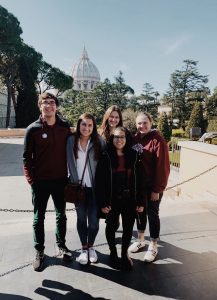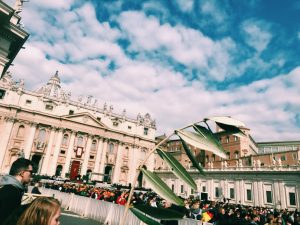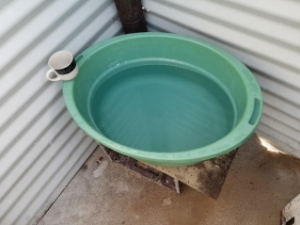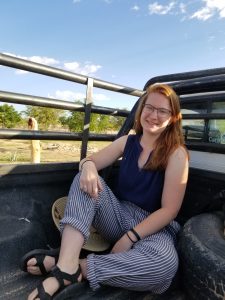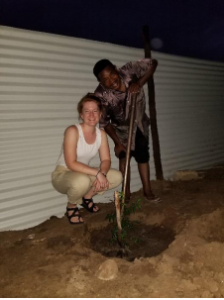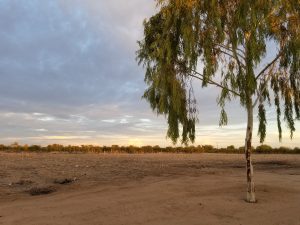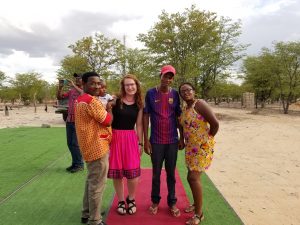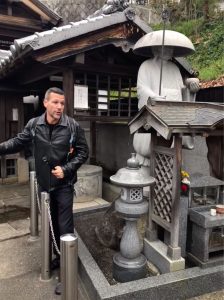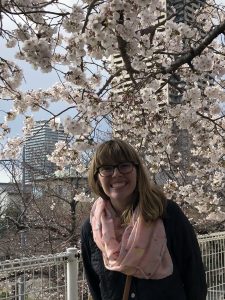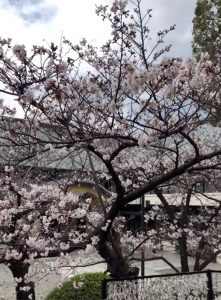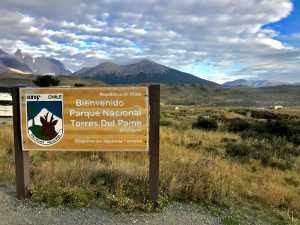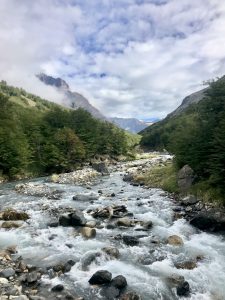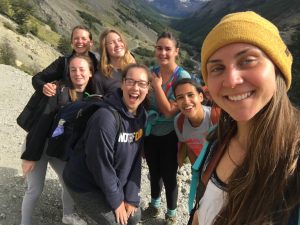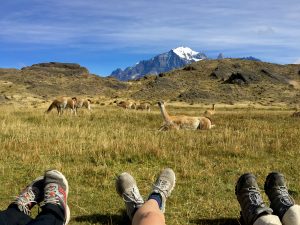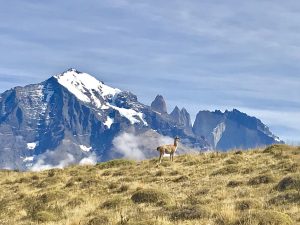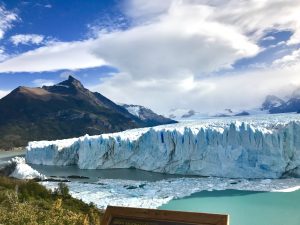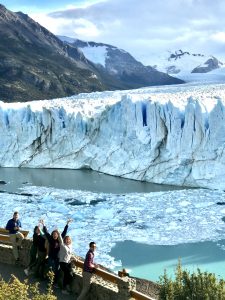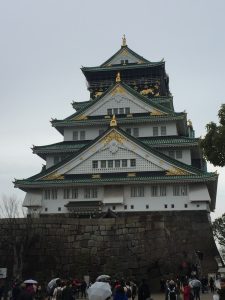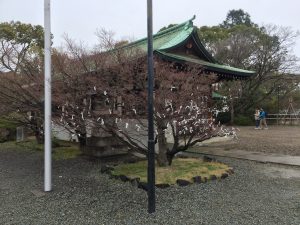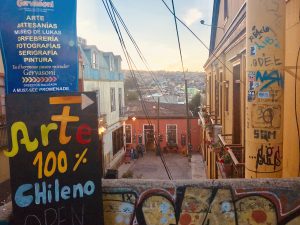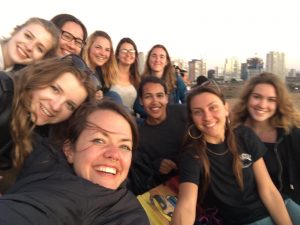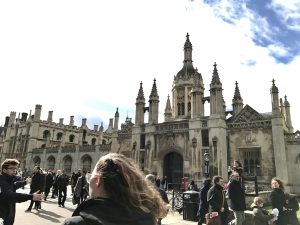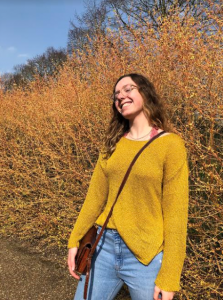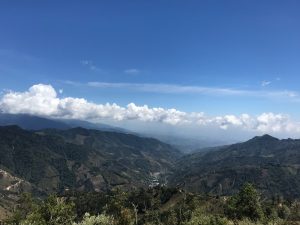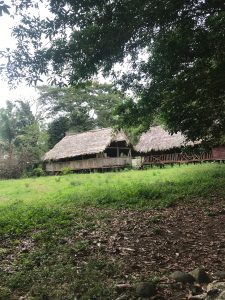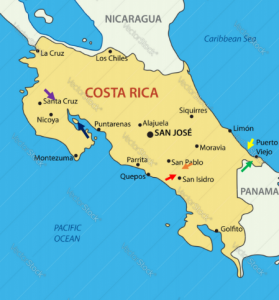Author: Emily Neuharth
Location: The Netherlands
Pronouns: She/Her/Hers
A couple of weeks ago I went on a trip to exploring the Netherlands with two other cohort members and dear friends: Liz and Nolan. Similar to many other students here, England’s close proximity to mainland Europe was one of the reasons that led me to choosing Valpo’s Cambridge program. Europe’s airfare system is way more advanced and accessible than what we’re used to in the States— sometimes it’s been cheaper to take a plane than a bus! And without the time-demanding extracurricular and social commitments that we’ve all grown accustomed to at Valpo, it is actually been possible for us to take long-weekend trips.
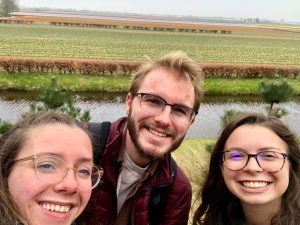
Nolan, Liz, and I at the Keukenhof tulip gardens
Day 1:
(Cambridge > London > Eindhoven > Rotterdam > Kinderdijk > Den Haag)
None of us have class on Fridays so we started our journey very early (like 3AM early)— traveling through Europe can’t be glamorous all the time. We’re still poor college students so we’ll walk a mile to the bus station and take the 6am flight if that’s our cheapest option. Fueled by the adrenaline of traveling, we walked through Cambridge in the witching hour with our stuffed backpacks, talking about which parts of the trip we were looking forward to the most. We landed in Eindhoven, Netherlands, and immediately that instinctual difference between countries could be felt. Relying heavily on our offline translator app, and the good fortune of often finding kind, Dutch people who spoke English, we embarked upon the next leg of our journey: taking public transport to Kinderdijk. We had a hostel booked for that night in Den Haag, but the plan for our first day was to visit the small town of Kinderdijk to see the famous Dutch windmills.
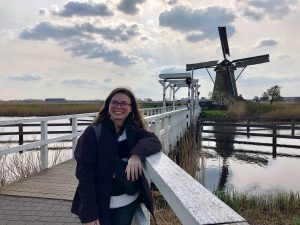
Liz posing with a windmill at Kinderdijk
Compared to other countries’ public transport, the Dutch systems were very straightforward and accessible. We took a train to Rotterdam where we decided to explore and get lunch. As it often seems to happen, this spontaneous detour ended up being one of my favorite towns we visited! The sun was shining and there was a lot of beautiful public art.
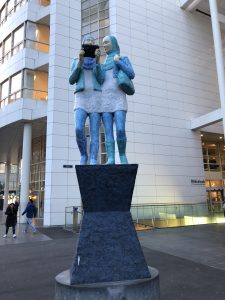
Rotterdam, Netherlands
Getting to Kinderdijk was less straightforward than getting to Rotterdam; we ended up only spending a little bit of time at the windmills since we got there shortly before the site closed. But we were all still content with our adventuring for the day. Exhausted (remember, we started the day at 3am), we finally made it to Den Haag where we checked into our hostel.
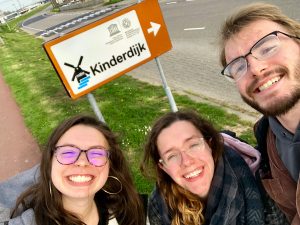
We finally made it to Kinderdijk!
Day 2:(Den Haag > Keukenhof > Lisse > Delft > Den Haag)
We left Den Haag around 9am to start our journey towards Keukenhof, an incredible and trademark tulip garden. This was definitely one of the trip’s highlights for me. The garden was massive, and while there were a lot of tourists there, the atmosphere was light-hearted and jovial— it’s hard not to feel this way when you are surrounded by so much natural beauty!
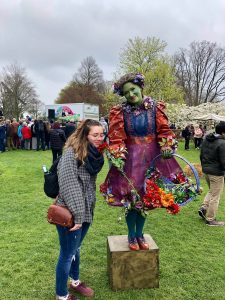
(In addition to hundreds of flowers) There were food trucks, flower crown making stations, and
women painted like flowers and dancing on stilts!
It’s really hard for me to choose a favorite between making my own flower crown and the names of the different kind of tulips. Just to name a few: Aphrodite, Energy4All, Update, Destination, Endurance, Mistress Hot Pink, Paul McCartney, Beauty Trend, Blue Wow, Zoe, Desirelle, Pebble, Light and Dreamy, Time Out, Drumline, and Apricot Fox.
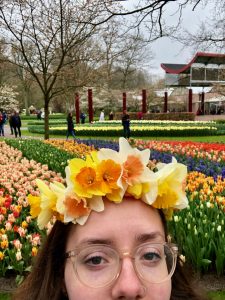
Keukenhof, Netherlands
After stopping in Lisse to get lunch, we made our way to a small town near Den Haag called Delft. One of the main reasons why I wanted to visit the Netherlands while I was abroad was to meet up again with my very good friend Cato. Cato and I first met in good ol’ Lankenau Hall at the beginning of my freshman year, where she was a Dutch exchange student. During Christmas break that year, Cato had stayed with my family for a few days so when Cato heard that we’d be visiting, she insisted that we spend a night at her family’s home in Den Haag.

Coen, Cato, and I reunited in Delft!
We met Cato and Coen (another Dutch exchange student that I’d met at Valpo) in Delft where they live and go to university. They proudly showed us around Delft; it was a charming, old town that was full of life. We all agreed that it reminded us a lot of Cambridge. After getting dinner, we rode the tram to Den Haag. We got to Cato’s beautiful home where we were welcomed so warmly by her parents and fluffy cat.
Day 3: (Den Haag > Amsterdam > London > Cambridge)
At this point, we were all feeling a bit overwhelmed from all of the traveling and sightseeing, but we rallied ourselves together because we still hadn’t been to Amsterdam! Unfortunately, we hadn’t booked tickets enough in advance to see the sites we had hoped for (like the Anne Frank House and the Van Gogh Museum) but, in retrospect, getting to wander the city with no real plan was probably what was best for our tired state.

The river Amstel, in Amsterdam (if you look very, very closely, can you spot the small orange cat
sitting on a windowsill?)
We took a river canal tour through the city, where we basked in the sunlight and listened to a guide talk about the history of Amsterdam, especially in relation to its river Amstel. After the tour, we explored for a very long time trying to find a restaurant that had a vegan option for Liz. Ironically, the winner was a gourmet burger restaurant.
With happy stomachs, tired feet, and our same overstuffed backpacks, we started the long journey home. We no longer had that rush of adrenaline that had fueled our travel to the Netherlands, but there was a contentedness in our exhaustion. As we walked the mile back from the bus station in Cambridge’s witching hours once more, we talked about how much we had missed the rest of our cohort and were longing for our beds in Cambridge— it’s interesting how it takes going away and coming back again to realize that a place has become home.
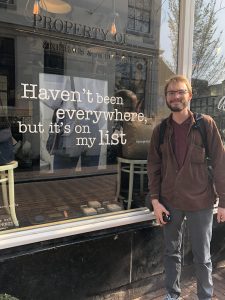
Nolan in Amsterdam
As I said, traveling to mainland Europe was one of many dreams I had for my time abroad, and this trip to the Netherlands was my first time traveling outside of the UK since the beginning of the semester; it felt really fulfilling to get to check off a bucket-list goal. Overall, it was an amazing weekend full of new memories and so many flowers. The best part though was definitely getting to see Cato again, and how generously welcoming her family had been to us. I also feel very glad that we were able to experience a less-touristy, and more authentic, varied taste of the Netherlands— I already can’t wait to go back someday to continue exploring.

The paparazzi (Nolan) documenting how much I loved Keukenhof




